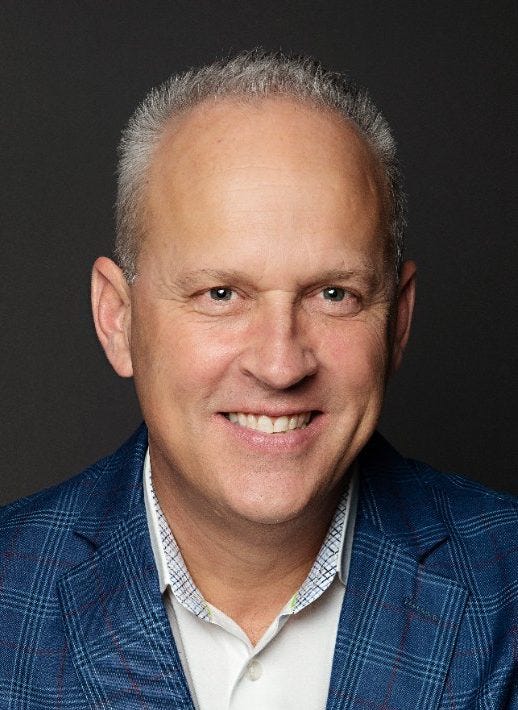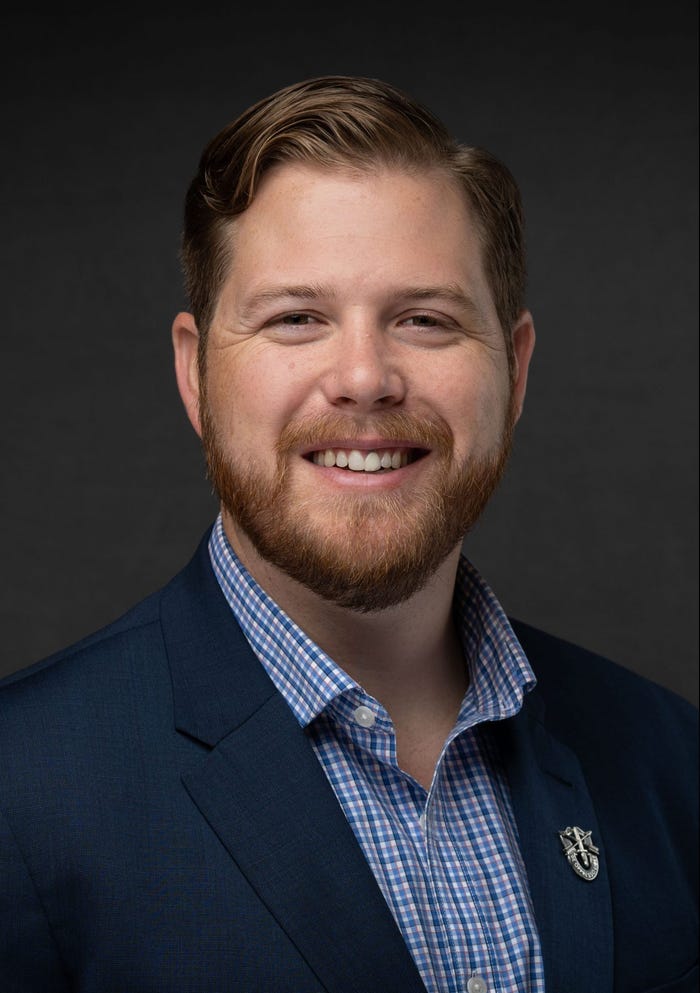For Tangoe, Partners, Technology Expense Management Takes New ShapeFor Tangoe, Partners, Technology Expense Management Takes New Shape
Tangoe recently named Avant its partner of the year.

Leaders at Tangoe, the technology expense and asset management software provider, say demand for IT expense management (ITEM) services from channel partners and their customers exists like never before .
Tangoe on Thursday named Avant its partner of the year. That announcement came about a year-and-a-half after Tangoe entered the tech services distributor (TSD) channel in earnest. Tangoe at the time signed Avant and Intelisys as its first TSD partners. At the same time, trends like increased adoption of cloud services and now a macroeconomic downturn have made cost optimization more prevalent than ever.
“The headwinds right now do have companies shifting their strategies,” Tangoe chief revenue officer Mark Denney said. “They’re putting protective parameters in place. They’re scrutinizing their existing cloud environments with concerted effort. They want to make sure that they’re accelerating and return on investment,” he said.

Tangoe’s Mark Denney
Getting Into the Channel
Tangoe has grown its presence in the channel in recent years. Denney said the vendor cut its teeth serving “pure enterprise” clients. And in many cases, partners might have competed with Tangoe in the days prior to the TSD partnerships.
“A lot of times we ended up at odds in accounts in some ways,” said Kyle Hall, president of IT strategy and technology advisory firm Resourcive. “We would go into accounts, and they would say, ‘Oh, we’ve got Tangoe; we don’t need you to come in and run an audit.'”
Less than a year ago, Tangoe launched an offering for the mid-enterprise. Mid-enterprise faced the same challenges as larger counterparts to simplify, manage and optimize their IT expenses, Denney said. That solution, Denney said, averages fewer than 40 days for deployment. And he said the offering from Tangoe is resonating with partners.

Resourcive’s Kyle Hall
“This kind of partnership [with TSDs] wouldn’t have happened three to five years ago, because it just wasn’t as relevant as it is now,” Denney told Channel Futures. But now IT expense management (ITEM) is seeing its heyday. For example, Denney said Avant has named cost optimization as a top three growth area in 2023.

Avant Communications’ Drew Lydecker
“As the macroeconomic environment shifts, businesses of all sizes are turning to their trusted advisors seeking ways to streamline operations and budgets,” Avant president Drew Lydecker said. “Tangoe’s ITEM software and services are uniquely positioned to deliver a positive return on investment for our clients, supporting the full life cycle of their cloud, mobile, and telecom needs.”
Partnering for ITEM
Some partners are working to build up their own visibility tools for expense management. For example, Hall said Resourcive can offer an inventory audit. But that audit only examines a single point in time.
“We can come in and run an audit for a point in time, but that’s not the same as seeing it month over month with ongoing visibility,” he said.
And for a business like Resourcive that specializes in working with a multiple suppliers to provide technology, partnering with a technology platform for ITEM made more sense than building one’s own platform.
“It’s much easier for me, and I think a better outcome for the clients, to partner with people who are specialists in that area,” he said.
Changing Demand
The opportunity for ITEM has grown due to a couple of reasons. On one hand, Denney pointed to the evolution of providers like Tangoe from telephony expense management to other technologies. They’ve moved from just wireline to also offering visibility for mobility and cloud.
And of course, it’s no surprise to anyone reading this that cloud spending skyrocketed in the last three years, owing to the pandemic and the rise of hybrid work.
“I think cloud is getting the most traction and press, and probably rightfully so, because from a spend bucket perspective, it’s the largest,” Hall told Channel Futures.
Following massive investments in cloud services, many enterprises are weighing the ROI they’re getting from those technologies. For example, infrastructure as a service (IaaS)/public cloud has garnered great attention with certain companies announcing that they’re reigning back their spending. In addition, more customers appear poised to consolidate their unified communications as a service (UCaaS) platforms.
On the other hand, a macroeconomic downturn is helping to raise the profile of ITEM. Denney said he sees IT budgets staying flat or tightening across almost all industries.
And many partners have adjusted their value propositions in the last half-year. The agent channel traditionally framed its value around finding the most affordable quotes for their customers, but many of those partners evolved in recent years to focus more on digital transformation and customer experience projects. But now, many partners have fine-tuned their marketing messages since the economy worsened to frame themselves as …
… cost-savers.
For Kyle Hall and Resourcive, who target private equity-managed businesses, cost optimization remains a tale as old as time.
“That’s what we’ve been doing since forever,” he said. “I think because of our go-to-market strategy, that has been the push every single introduction we’ve gotten. Generally, private equity-owned companies are [ITEM] front runners. They’re getting aggressively managed for margin.”
Digital Transformation and Cost Optimization
However, Resourcive does engage with its clients on digital transformation efforts and other projects that involve serious investment. But those efforts require air cover of sorts, Hall said.
“A lot of digital transformation initiatives, which have gotten lot of the glory over the last couple of years, generally need a supporting effort to create space in the budgets,” Hall said.
A recent study published by Tangoe, Foundry and CIO Magazine and found that more than 82% of businesses want to invest more in SaaS, IaaS or UCaaS. However, 80% of them view cost as their biggest impediment to making those investments.
“It’s really a balancing act,” Denney said. “They’re caught between the need for cloud innovation and being fiscally responsible. They’re trying to ensure that they’re investing wisely and getting full value out of the cloud environments today.”
One retailer, for example, is building an internal application that will help optimize the customer experience. And its IT leaders need to demonstrate to the financial leaders that they’re using their budget well.
“If you’re a CFO, and your CIO is coming to you and he or she wants to spend more money on a digital transformation initiative, naturally you’re going to be saying, ‘Well, how are you being responsible with the money you’re spending now?'” Hall said. “And if they don’t have visibility, they can’t say accurately that they are. Either you have to have been running audits internally on yourself, or you have to have a tool that allows you to have visibility. So you can say, ‘Hey, I know where all my spend is. I can be trusted with more because I’m responsible with what I have here.'”
Some companies run their own internal audits, but that requires staffing. It also requires as repeated audits if they lack a tool to view their full IT spend, Hall said.
“That’s the thing. Everybody’s looking to save money. Well, how does looking start? You’ve got to have visibility,” he said.
Sometimes expense management gives partners a foot in the door with customers; other times, it shouldn’t come first.
“Let’s say we come in and we’re gonna do a network transformation. You don’t want to do TEM before; you want to do TEM after to manage what was actually installed,” Hall said.
Telecom and Mobility
Hall said expense management often functions differently from technology to technology. More specifically, he said cloud expense management often focuses on optimization within the vendor platforms. However, he said in wireless and wireline expense management, clients often generate more return on managing internal operational efficiencies.
“Yes, there’s cost with the vendors that you can optimize for. But a lot of the value-add is on the operational side internally in managing that. Whereas with the cloud side, it’s optimizing cloud spend with the vendor through reserved instances or making sure that you’ve got the right application for the right type of workloads,” Hall said.
Denney said Tangoe is seeing enterprise IT departments shift back to “company-issued, company-managed” laptops and mobile devices, after a season of companies adopting bring-your-own-device (BYOD) policies. Cybersecurity concerns, as well as cost optimization concerns have led to that, he said.
But those companies need help moving to company-managed devices. Hall said Resourcive has engaged enterprises whose devices number more than 1,200. Their staff need a tool to help them operate a corporate mobility program, Hall said.
“That takes two full-time employees to run that — to do the staging, kitting, deployment and logistics side of it, which is a whole part of the mobility program, as well as to accurately manage the usage and optimize plans,” he said.
On the wireline side, many companies have evolved their facilities strategy, Hall said.
“Either they’re moving to work from home or they’re changing office locations … If you don’t have the visualization and cost management tools, you’re going to end up spending money that you should,” he said.
Want to contact the author directly about this story? Have ideas for a follow-up article? Email James Anderson or connect with him on LinkedIn. |
About the Author
You May Also Like


